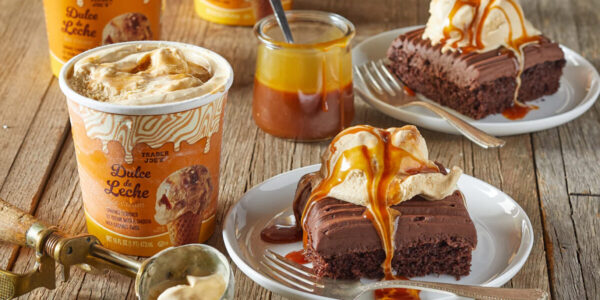
The World of Competitive Shucking
By Lauren Neuschel
Taylor Shellfish Farms’ retail store on Seattle’s lower Capitol Hill not only boasts the largest production of farmed bivalves in the country, but also an international oyster-shucking champion among its ranks. A mere three seconds is enough for Taylor’s head shucker, David Leck, to serve up a perfectly clean Kumamoto, and he has the first and second place international titles to prove it. Fresh off the plane from competing at the International Boston Seafood Show, Leck, a Seattle native, fills us in on what it takes to be a shucking competitor.How are you so good at what you do?
My greatest skill is that I can feel how much pressure I’m giving the oyster. When most people shuck, they keep it on the cutting board; their biggest fear is stabbing through the oyster and cutting their hand. But I’ve learned the exact pressure it takes. I keep the oyster in one hand, knife in the other. It only takes about 40 pounds of pressure to get the knife to break the hinge.
How did you get involved with oysters and shucking in the first place?
I grew up in Washington, in a family of big hunters and fishers. When I was working with them, they’d make me shuck the oysters. I started working in restaurants when I was 16 and I guess my roots came out. People were amazed at how fast I was able to shuck oysters.
I was nineteen the first time I competed at Anthony’s Oyster Olympics; I won first place there. Now I’ve been competitive for 13 years at over 70 competitions throughout the U.S.
So how do you properly shuck an oyster?
Go through the back hinge of the shell, pop the hinge with your knife, slide the knife under the top shell and slide off the abductor mussel. It takes me about three seconds to shuck an oyster.
What’s the scene like at one of these competitions, say the one in Boston where you just competed?
Picture a group of 25-40 people who all shuck oysters, and they’re the best at it, wherever they’re from–and they’re all trying to win the big prize.
In Boston, they make you shuck a dozen oysters, half of them from the East Coast and the other half from the West. The East Coast oysters are never as good as the West Coast’s; the shells are much more brittle. Breaking the shell is a five-second penalty. They time you on how fast you shuck and then how clean the oysters are—no broken shell pieces attached, no blood on the tray.
What sort of smack talk is involved?
Everyone is so friendly and loving in their own way. We leave the smack talk to our friends and families.
Tell us about the oyster-shucking community?
These are some of the hardest working people out there. Most work for family-owned shellfish farms with large humble communities. They wake up at the lowest tides, in the coldest weather, breaking their backs and cutting their hands to take care of their loved ones. So when you’re indulging in a fresh oyster, it’s the shucker’s job to give it to you the best way.
What’s your favorite oyster and the best way to eat it?
My favorite oyster of all time comes from Alaska, from Hawkins Island or Kachemak Bay. You get sweet buttery and nutty flavors at first then, as you chew a little more, a blast of cucumber and melon. You really have to chew to get all the flavor; if you just swallow them, you only taste the salt water.
As for condiments: When I’m tasting oysters, I put nothing on them so I can enjoy them in all their splendor. But if I’m eating out, I’ll try whatever the place is offering. My personal favorite is a drop of fresh lemon and a drop of Tabasco.
